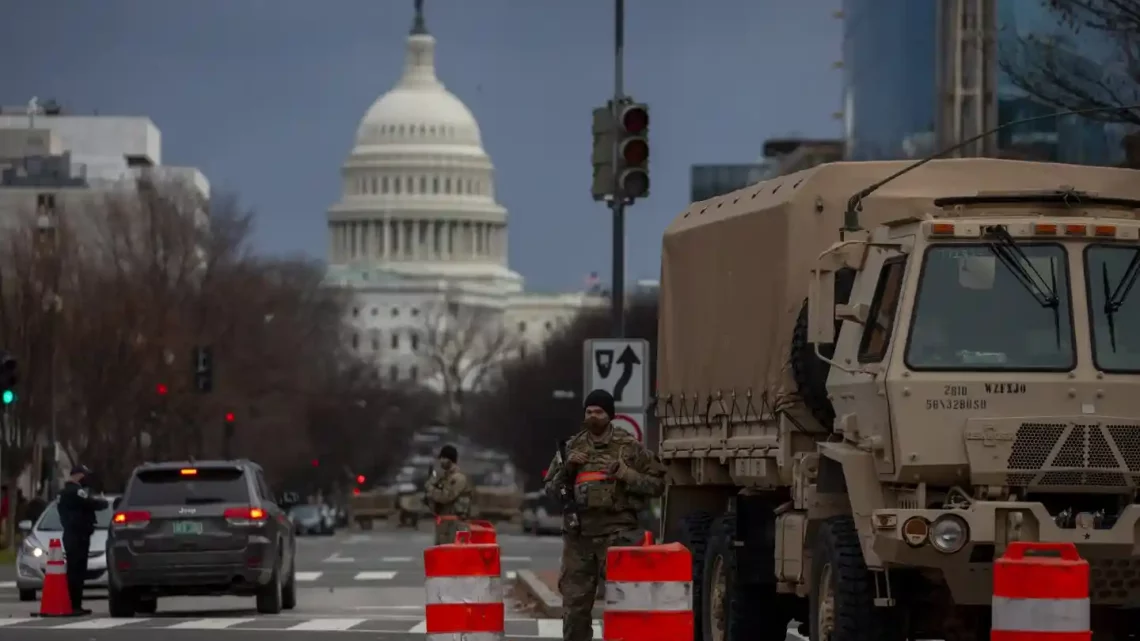
What You Need to Know About DC Checkpoints
July 9, 2023Checkpoints in DC are a form of traffic control, used by the DC government to stop drivers suspected of breaking laws. The checks are done at random times for up to five days, and the police must have probable cause to stop a driver. In most cases, the checkpoints require the driver to show identification, and the checkpoints are divided into green and red zones.
Disproportionate number of DUI arrests in DC aren’t DC residents
The aforementioned tidbits aren’t limited to the confines of the District of Columbia. There are numerous neighborhoods in DC that aren’t exactly safe and pleasant to visit, and there is a plethora of naughty drivers to be had. Whether a particular neighborhood is on the chopping block or not, a good ol’ fashioned roadblock is a thing of the past. It’s a shame, because the metro area is home to many high caliber professionals. Regardless, a few well-informed folks have decided to make their home a little more inviting for all.
DC checkpoints require probable cause to stop a driver
In DC, there are many DUI checkpoints that occur. These are often located in areas that are known to have higher levels of drunk driving. The best way to avoid these checkpoints is to know what to expect and plan ahead. A DC DUI attorney can help you navigate through the legalities of the procedure.
Unlike traditional traffic stops, checkpoints require the police to have probable cause before stopping a driver. Probable cause may include weaving, speeding, failure to obey traffic signs or lights, or any other suspicious driving behavior.
DC checkpoints are enforced at random hours for at least five days
If you live in DC, you have probably seen checkpoints on the street. These roadblocks are used to stop people who have been driving under the influence of alcohol or drugs.
The US Supreme Court has ruled that police traffic stops require reasonable suspicion of a crime, as well as a lawful reason for the stop. In addition, the Fourth Amendment protects against unreasonable searches by government officials. However, this protection does not extend to police roadblocks.
Checkpoints are often conducted in high-traffic areas that have heavy nightlife. They are often accompanied by other law enforcement agencies, allowing for coordination of multiple enforcement operations.
DC checkpoints are located around the city with a larger police presence
If you live in Washington DC, chances are you’ve noticed a growing number of police checkpoints throughout the city. They were set up to combat the rising rate of homicides in the area. But now some civil rights groups are expressing concern about the new checkpoints.
Checkpoints have traditionally been a tool used by law enforcement agencies to enhance their enforcement efforts. However, they can be difficult to implement. This is due in part to the need for formal planning and approval processes. In addition, resources required to deploy checkpoints vary by jurisdiction.
DC checkpoints are divided into red and green zones
Washington DC checkpoints are being put to the test. The federal government has announced that there will be a massive number of road closures in the capital city ahead of Inauguration Day. The Secret Service has also released a new transportation security map.
The Secret Service has teamed up with local officials to help facilitate a large number of street closures. To prevent any embarrassing gaffes, the city has rolled out a slick program to ensure that motorists know which roadways are open and which ones are not.
DC checkpoints require drivers to provide identification
If you are driving in Washington, DC, you may want to beware of checkpoints. These roadblocks are used to prevent drunk drivers from getting behind the wheel. However, they can be quite complicated to understand.
The District of Columbia has a zero tolerance policy for drinking and driving. As a result, drivers are sometimes arrested for DUI at these checkpoints.
When these checkpoints are announced, they are usually published in the newspaper. They are also sometimes advertised on the internet. During these checkpoints, drivers are required to produce their driver’s license. A smartphone application is also available to let drivers know when there is a sobriety checkpoint nearby.
DC checkpoints are more common on main, heavily trafficked roads
A DUI checkpoint is a roadblock, or roadblocks, set up by law enforcement. These are used to identify drivers who are impaired and deter them from driving while under the influence. They are generally set up in areas where there is a higher incidence of drunk driving and heavy bar traffic.
When a DUI checkpoint is set up, the police will randomly stop cars and perform sobriety checks. This is different from normal traffic stops, which are carried out when the officers have reasonable suspicion that a driver may be under the influence.


